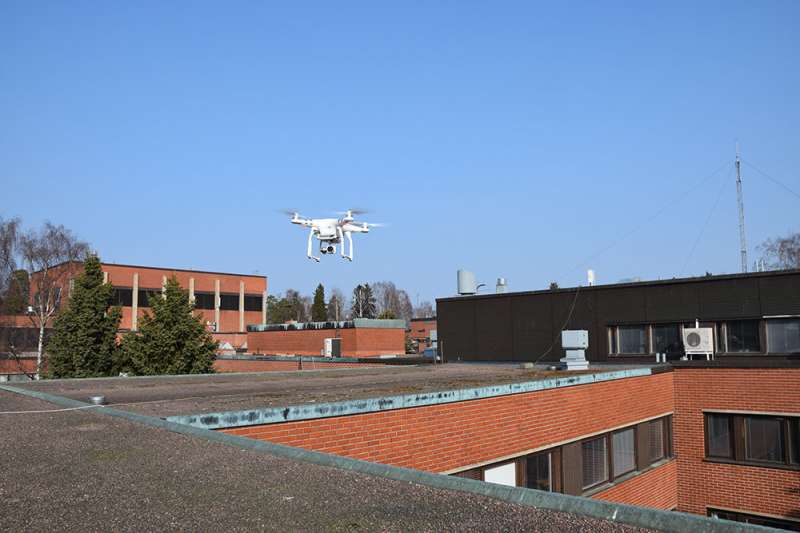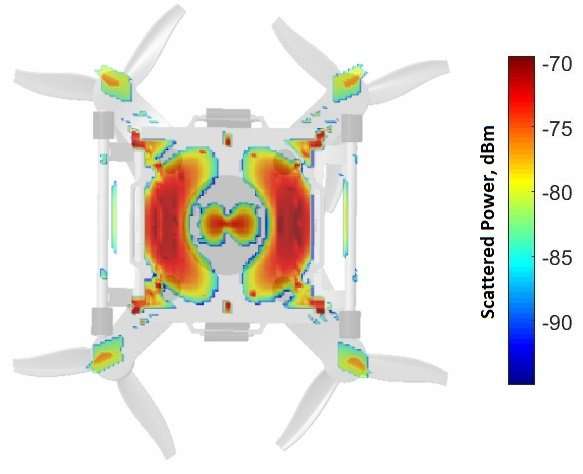Emerging 5G networks – new opportunities for drone detection?

Researchers from Aalto University and Tampere University of Technology in Finland have addressed new possibilities for efficient detection of drones by relying on future 5G communication systems. There, mmWave base stations may act as multistatic radar system receivers, thus acquiring the reflected signal from nearby flying drones.
Today, unmanned aerial vehicles (UAVs), or simply drones, are becoming more and more popular as they are utilized in various applications. Modern technologies and materials allow for constructing cheaper, smaller, and more functional drones, which can revolutionize many industrial sectors.
The flip side of the above is a potential threat posed by drones to humans and urban infrastructure. Recent regulations are unable to fully protect against illegal actions that involve UAVs. For instance, a drone can collect information from non-flight zones or invade people's privacy. These examples are, however, dwarfed by more offensive violations that some drones can conduct. Far more dangerous situations with devastating consequences may emerge if e.g., a malfunctioning drone is carrying hazardous payload.
"To prevent dangerous situations, it is crucial to detect a violating drone as early as possible. For that purpose, integration of multistatic radar techniques with extremely high frequency 5G infrastructure has been proposed, which partly employs radio resources for early drone detection," the researchers say.

The contributors have therefore developed novel techniques for effective drone detection in urban environments where 5G networks are expected to be deployed soon. Given that 5G deployments are expected to operate at mmWave frequencies, the feasibility of drone detection improves due to shorter wavelengths, which are comparable with the size of a drone, as well as due to larger available bandwidth of the mmWave system. Governments can accordingly benefit by preventing amateur drones from unauthorized flight over restricted areas, which ultimately increases public safety in cities.
"We are hopeful that our work will help protect people's privacy and safety in urban crowded areas, where drones can pose a serious threat to the masses of people," the authors claim.
More information: Dmitrii Solomitckii et al. Technologies for Efficient Amateur Drone Detection in 5G Millimeter-Wave Cellular Infrastructure, IEEE Communications Magazine (2018). DOI: 10.1109/MCOM.2017.1700450
Provided by Aalto University

















